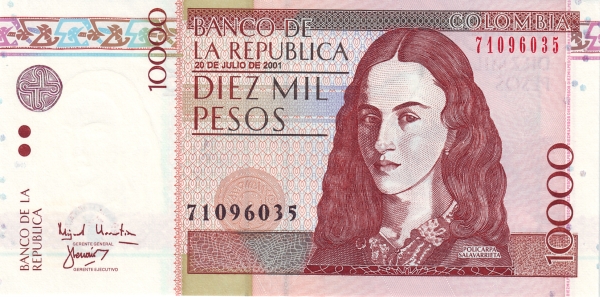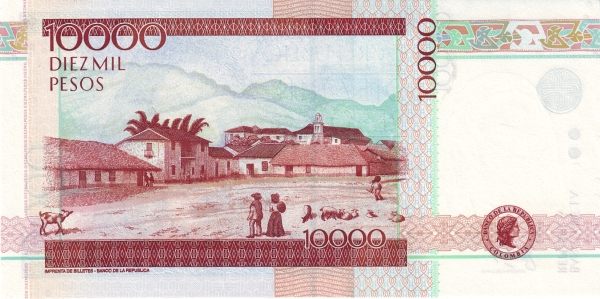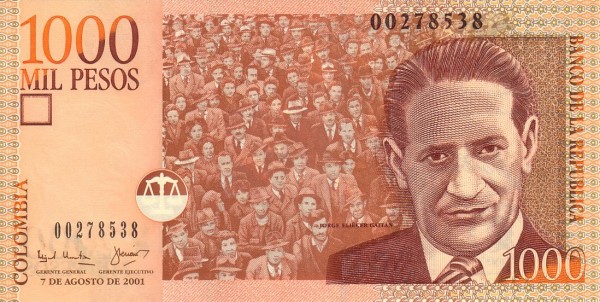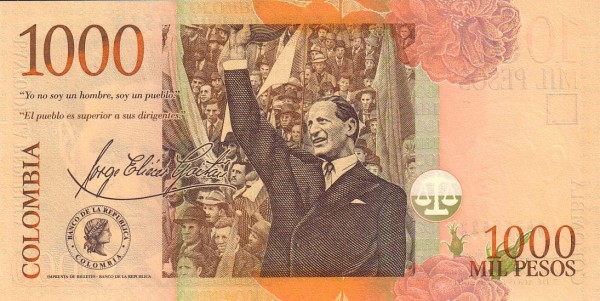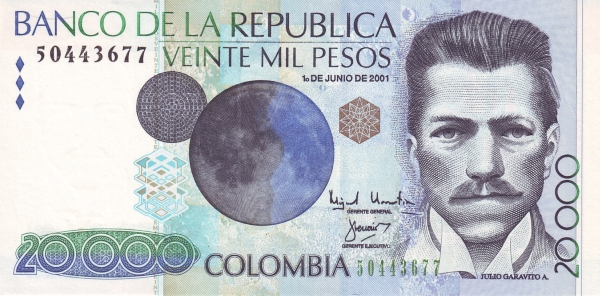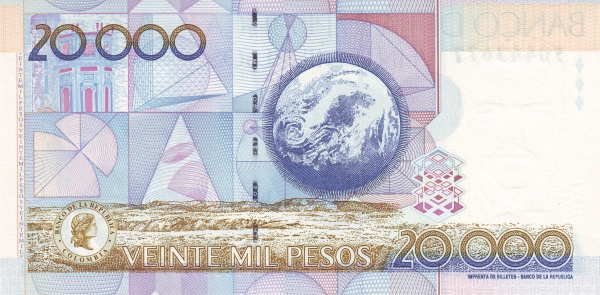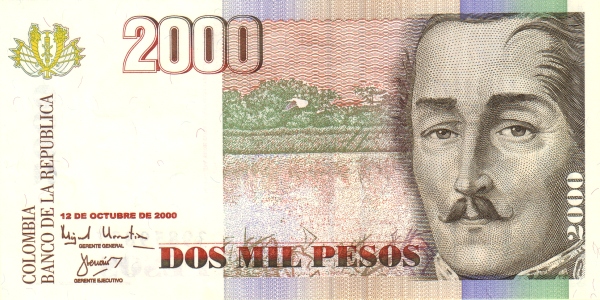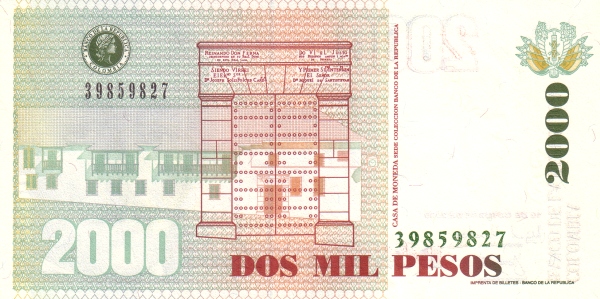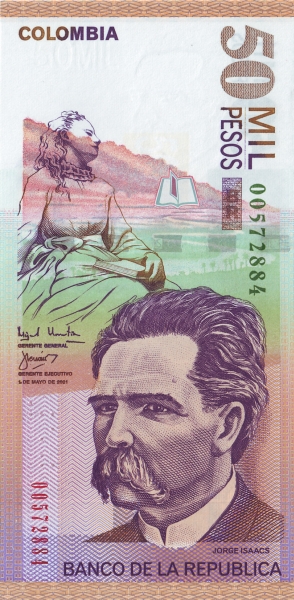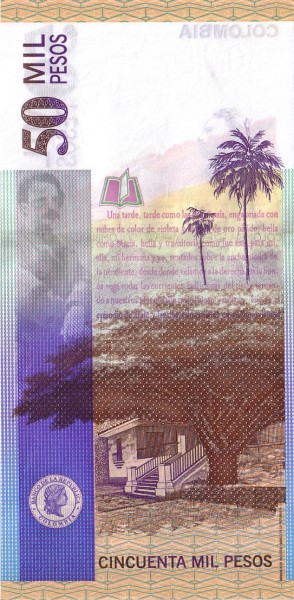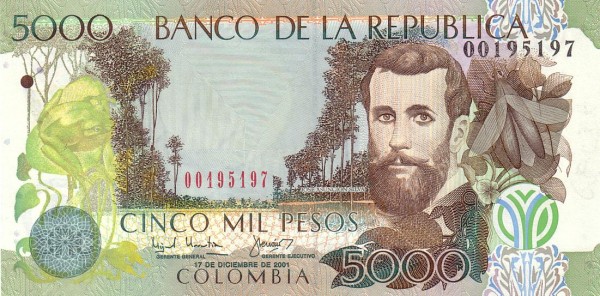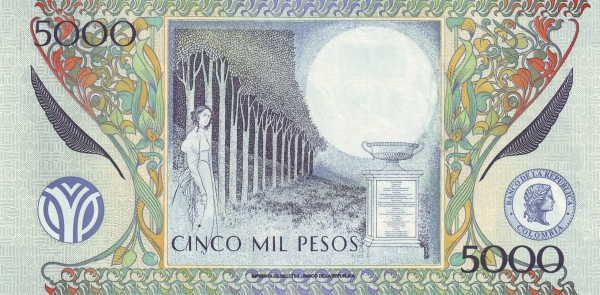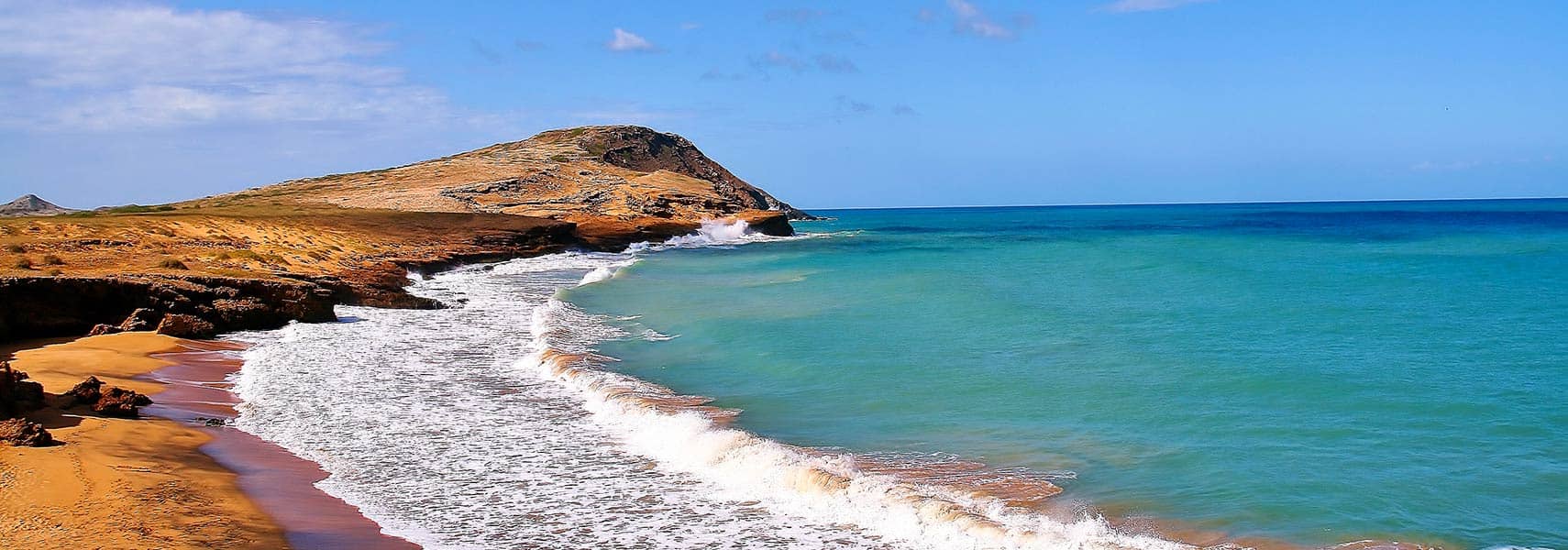Discover the Wonders of Colombia
Colombia, a vibrant nation located in northwestern South America, boasts a stunning coastline along both the Atlantic and Pacific Oceans. This captivating country shares borders with Brazil to the south, Ecuador to the west, Panama to the northwest, Peru to the south, and Venezuela to the east. Additionally, Colombia's maritime borders extend to Costa Rica, the Dominican Republic, Haiti, Honduras, Jamaica, Nicaragua, and even the Cayman Islands, which belong to the United Kingdom. Covering an impressive area of 1,138,914 km², Colombia is over twice the size of France and slightly less than twice the size of Texas. With a population of 52.2 million as of 2023, Colombia ranks as Latin America's third-most populous nation, following Brazil and Mexico. The majority of its population resides in the lush Andean highlands and along the picturesque Caribbean coastline.
Colombia's Cultural Fabric
The capital city, Bogotá, represents the heart of Colombia. This bustling metropolis is not only the largest city but also a cultural hub of the country. Spanish serves as the official language, yet Colombia is home to 68 ethnic languages and dialects that continue to thrive. The rich tapestry of Colombian society is woven from various cultural influences, leading to a vibrant mix of traditions and customs. In terms of religion, Roman Catholicism dominates with 63% of the population adhering to this faith, while 17% identify as Protestant. Remarkably, 14% of Colombians do not affiliate with any religion.
A Glimpse into Colombia’s History
Colombia emerged in 1830 following the collapse of Gran Colombia, a significant political entity. This revolutionary spirit led to the establishment of the Republic of Colombia. However, the country faced substantial challenges as it grappled with a prolonged 40-year insurgent campaign aimed at toppling the government. This violence escalated notably in the 1990s and gained momentum due to the illicit drug trade. The clashes, while deadly, have not succeeded in dismantling the government. Bogotá actively seeks to negotiate peace, despite concerns from neighboring nations over potential spillover effects.
Challenges and Resilience
Over the years, Colombia has endured one of the world's worst humanitarian crises. Millions of citizens found themselves caught in the crossfire between leftist rebels, drug traffickers, and far-right paramilitary groups. In October 2016, a pivotal referendum resulted in the rejection of a groundbreaking peace deal aimed at ending 52 years of conflict with the Marxist FARC rebels. This agreement, four years in the making, shocked many Colombians. The public expressed frustration over the terms, which included congressional seats and non-custodial sentences for FARC members in exchange for peaceful negotiations.
The Role of Leadership
Juan Manuel Santos, the incumbent president during this tumultuous time, played a key role in promoting the peace accord. His dedicated efforts earned him the Nobel Peace Prize in 2016, highlighting his commitment to resolving the conflict and offering a glimmer of hope for a brighter future.
Geography and Environment of Colombia
Geographically speaking, Colombia occupies a strategic position in northern South America. The country is bordered by the Caribbean Sea to the north, lying between Panama and Venezuela, as well as the North Pacific Ocean to the west, situated between Ecuador and Panama. Covering an area of 1.134 million km² (approximately 440,000 square miles), Colombia stands as the fourth-largest country in South America. Its diverse terrain consists of flat coastal areas, extensive coastlines, three rugged mountain ranges, central highlands, and expansive eastern grasslands.
Climate Diversity
The climate in Colombia varies dramatically across regions. Coastal areas and eastern plains enjoy a tropical climate, while the highlands experience cooler temperatures. This spatial diversity in climate nurtures a wide variety of ecosystems, making Colombia one of the most biologically diverse countries in the world. It is home to an astonishing array of flora and fauna, many of which can only be found within its boundaries.
Demographics and Economy
As of 2023, Colombia's population stands at 52.2 million individuals. The economy, characterized by a real GDP per capita of $18,800, showcases a mosaic of ethnic groups, wherein Mestizos make up 58% of the populace, followed by whites at 20%, mulattos at 14%, and blacks at 4%. Additionally, the mixed black-Amerindian population accounts for 3%, while Amerindians comprise about 1% of the population. The country's literacy rate impressively stands at 95.6%, with marginal differences across gender.
Transparency and Governance
Colombia faces challenges concerning transparency, ranking 92 out of 180 countries. It received a score of 39 on a scale where 100 indicates very low corruption, while 0 signifies high corruption. Notably, Colombia ranks between Turkey and Ecuador in the Corruption Perceptions Index for 2020, emphasizing the ongoing need for reforms in governance.
Natural Resources and Agriculture
Colombia's wealth extends beneath the surface, enriched by a plethora of natural resources. The country possesses deposits of coal, petroleum, natural gas, iron ore, nickel, gold, silver, copper, platinum, and emeralds. The agricultural sector flourishes with coffee, cut flowers, bananas, rice, and cocoa beans, contributing significantly to both the domestic economy and international exports.
Industry and Trade Partnerships
Industries in Colombia range from textiles and food processing to oil and beverages. Prominent export partners include the United States, accounting for 26% of total exports, followed by Panama at 10% and the Netherlands at 6%. On the import side, the United States also leads with a share of 26%, closely followed by China at 25% and Brazil at 7%. These partnerships showcase the interconnectedness of Colombia's economy with the global market.
As Colombia continues on its path towards stability and growth, the nation's rich cultural heritage, breathtaking landscapes, and resilient people promise an exciting future.
Largest cities of: Colombia
| City Name | Population | Year of foundation | |
| Bogotá | 7,743,955 | 1538 | |
| Medellín | 2,490,006 | 1675 | |
| Cali | 2,390,000 | 1536 | |
| Barranquilla | 1,200,000 | 1629 | |
| Cartagena | 1,000,000 | 1533 | |
| Cúcuta | 700,000 | 1775 | |
| Bucaramanga | 600,000 | 1775 | |
| Pereira | 500,000 | 1540 |
Colombia: Money
